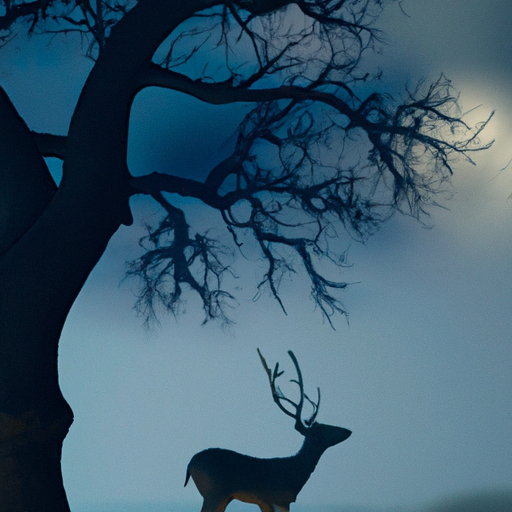 Introduction:
Introduction:
Forests are nature’s treasure trove, harboring an astonishing array of animals that have adapted to various niches within these ecosystems. These complex and diverse habitats provide shelter, food, and protection, allowing the animal kingdom to thrive. In this article, we embark on a captivating journey through the intricate tapestry of animal life in a forest, revealing the unique adaptations, intricate relationships, and captivating behaviors of its inhabitants.
1. Mammals:
The forest is home to an incredible diversity of mammals, ranging from the stealthy predators to the tiny insectivores. Majestic creatures like the bear, wolf, and big cats roam the forest floor, exerting their dominance over the prey. The herbivorous mammals, such as deer, moose, and rabbits, graze on the abundant foliage, ensuring the forest’s ecological balance. Additionally, nocturnal wonders like bats and flying squirrels take advantage of the forest’s dense canopy.
2. Birds:
The melodious trills and vibrant plumage of forest-dwelling birds fill the air with an enchanting symphony. From the soaring raptors like eagles and hawks to the agile songbirds like warblers and thrushes, avian diversity in the forest is awe-inspiring. The forest offers nesting sites, abundant food sources, and shelter to a plethora of bird species, each uniquely adapted to exploit different niches within the ecosystem.
3. Reptiles and Amphibians:
The forest provides a haven for reptiles and amphibians, offering the perfect combination of moisture and cover. Slithering snakes, such as vipers and rattlesnakes, silently maneuver through the undergrowth, while turtles and tortoises amble along the forest floor. Amphibians like frogs and salamanders, with their moist skin, lay their eggs in vernal pools and rely on the forest’s microhabitats for their survival.
4. Insects:
The forest is a bustling metropolis for insects, with countless species coexisting and performing vital ecological roles. Butterflies and bees, lured by the forest’s abundant nectar-rich flowers, engage in pollination, supporting the reproduction of countless plant species. Ants, termites, and beetles contribute to nutrient recycling and soil enrichment, playing essential roles in the forest ecosystem’s health.
5. Fish:
Rivers and streams that weave through the forest provide a suitable habitat for various fish species. Salmon migrate upstream to spawn, while trout inhabit the crystal-clear waters, feeding on insects and smaller fish. These aquatic ecosystems, intertwined with the forest, create a delicate balance, nurturing the diverse flora and fauna that rely on them.
6. Arachnids:
The forest floor is teeming with arachnids, including spiders and scorpions, which play a vital role in controlling insect populations. These eight-legged predators weave intricate webs to capture their prey, while some harvestmen and scorpions utilize their venomous stingers to subdue their victims.
7. Small Mammals and Rodents:
The forest’s understory is home to an abundance of small mammals and rodents. Chipmunks, squirrels, and mice scurry between fallen leaves and hollow logs, collecting food and nesting materials. These creatures serve as prey for larger predators and contribute to seed dispersal, aiding in the forest’s regeneration.
8. Carnivorous Plants:
Within the forest’s damp and nutrient-poor soils, carnivorous plants like the Venus flytrap and pitcher plants have evolved to supplement their nutrient intake. These unique plants capture and digest insects, adding to the fascinating diversity of the forest’s inhabitants.
Conclusion:
A forest is an intricate ecosystem where animals have evolved to exploit diverse niches and engage in complex relationships. From the majestic mammals to the mesmerizing birds, the forest’s inhabitants are a testament to the resilience and adaptability of nature. Understanding and appreciating the delicate balance of this ecosystem is crucial for conservation efforts, ensuring the preservation of this magnificent tapestry of animal life for generations to come.
